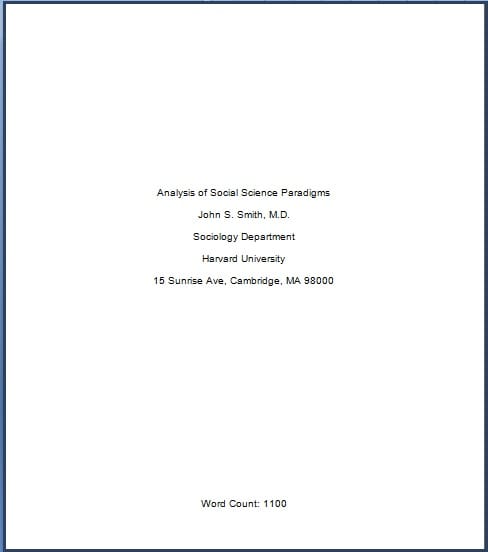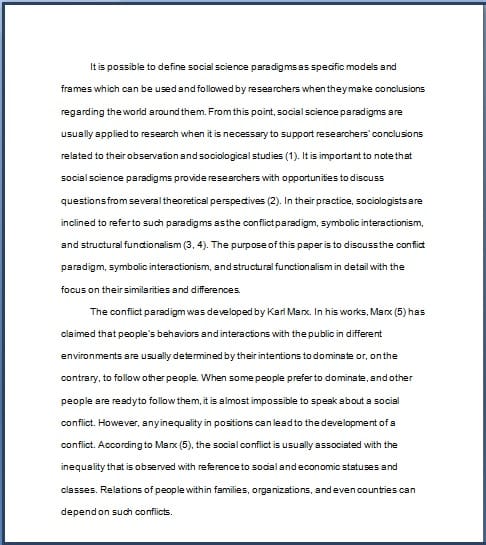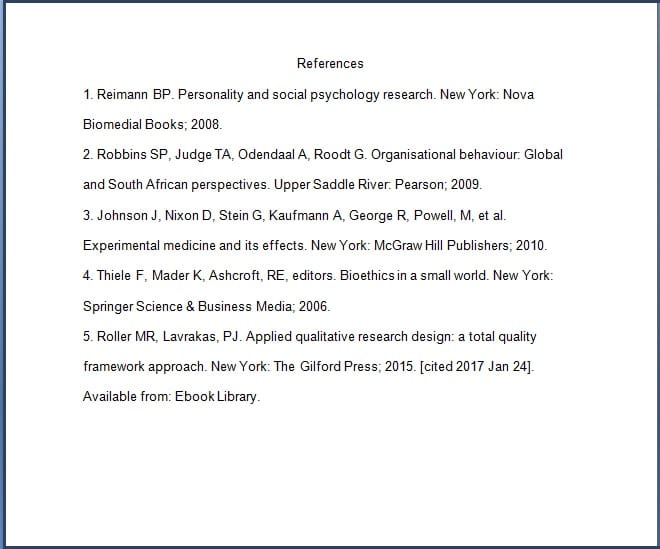What is Vancouver referencing style?
The common answer is that it is a style preferred by students and tutors from courses and faculties related to such subjects as Healthcare, Dentistry, and Medicine.
That’s true. But what of it?
The thing is:
It’s not of crucial importance to know where Vancouver style is preferred and so on.
What really matters is that it is directly connected to your academic success.
Need to write a research paper?
Fine! You can have genius ideas but if you fail to format the text properly — forget about A+.
That’s why we have created this guide. We understand the importance of proper referencing and we want to make it easy for you (by the way, you can always get a superior academic help right here).
Concentrate on the main ideas of your paper and stop worrying about reference list.
With our guide — there is nothing to worry about.
Let’s start with basic information.
Vancouver referencing style represents a numerical system helping readers identify the sources cited in the body of a paper with those listed in the bibliography by means of adding numbers to each source and citation.
General Rules
- Margins are set as 1″ (2.54 cm).
- Font is Times New Roman or Arial, and the font size is 12 pt.
- Text of the paper is usually double-spaced, but your instructor can ask to use single spacing.
- Each source cited by an author in their paper should be assigned a unique number.
- Vancouver referencing style is generally used for papers prepared to be published in medical journals, and such papers do not require a cover page.
- If title page is required, it follows a specific format, and an author should provide his or her credentials and address.

In-text Citations
- The numbers used for in-text citations can be put in brackets or placed as superscript numbers. The brackets used can be either square [] or curved ().
- The type of in-text references has to stay consistent throughout the entire body of the paper. Please avoid using diverse types of in-text references.
Example:
- If the name of the cited author is mentioned in a sentence, the numeric in-text citation is placed right after it.
Example:
- In sentences that contain more than one reference, each of the unique sources of information will have its own number.
Example:
- If several sources are cited at the same time, several numbers can be put in brackets or added in the form of superscript.
Example:
Note: if the sources cited together in one sentence have the sequential numbers, then they can be referenced using the following forms: (1-4), [1-4], or 1-4.
- Full stops can be put before or after the superscript numbers or the numbers in brackets. Please make sure to consult your instructor or faculty and find out which approach is preferred.

Reference Lists
- The reference list should be placed at the end of the paper on a separate page.
- Its title should be ‘References’.
- Only Arabic ordinals (1, 2, 3, 4, 5, 6, 7, 8, 9) should be used in reference lists and in-text citations.
- The numbers matching those in in-text citations are assigned to the sources in reference lists.
- The references are listed in a numerical order with the numbers placed at the beginning of each individual source starting with a new line.
- The references in the reference list should not be indented.
Example:
General Rules
Each source cited by an author in their paper should be assigned a unique number.
